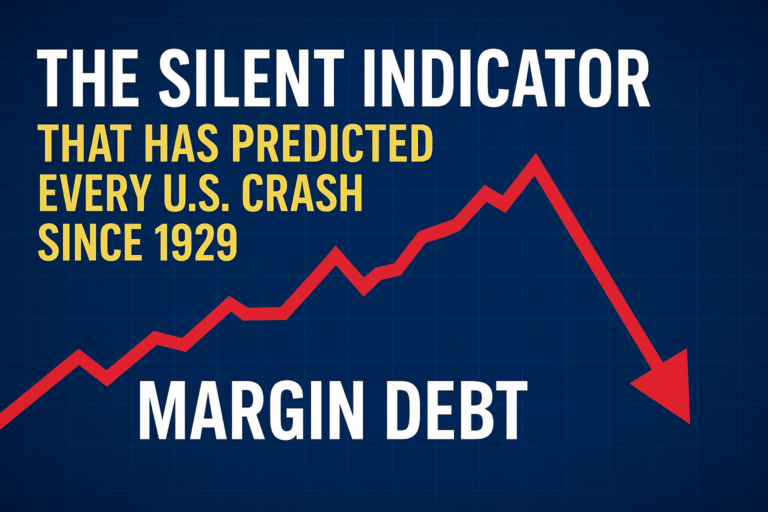
Ever scrolled through Reddit or X and seen someone boast about turning $1,000 into $100,000 overnight on a meme stock or crypto? That’s the YOLO spirit—You Only Live Once—fueling retail investors to chase moonshots with everything they’ve got. It’s thrilling, rebellious, and quintessentially modern, blending finance with the adrenaline of a casino. But is it genius or gambling? In this post, we’ll unpack the YOLO phenomenon without judgment: the psychology pulling people in, the gut-wrenching risks, and real stories of epic wins and devastating wipeouts. If you’ve ever felt the itch to go all-in on a hype play, stick around. This isn’t financial advice—it’s a reality check with a side of inspiration. Who knows? It might spark your next big (or small) move.
The Psychology of the Gamble: Why We Can’t Resist the Thrill
What drives someone to bet their rent money on a volatile asset? It’s not just greed; it’s wired into our brains. High-risk investing taps into the “frequent winner effect,” where we crave those dopamine hits from quick gains, even if they’re rare.
Social media amplifies this—think TikTok “stock bros” flaunting Lambos or Reddit threads hyping the next big thing. FOMO (fear of missing out) kicks in hard, pushing us to jump on trends without research, often buying at peaks when greed peaks.
Overconfidence plays a huge role too; after a lucky win, we think we’re invincible, ignoring stats showing most day traders lose money.
Gamification adds fuel: Apps like Robinhood make trading feel like a video game, with confetti for buys and easy leverage. It’s no wonder YOLO thrives among younger investors—commission-free trades and viral stories create a perfect storm. But this mindset mirrors deeper urges: escaping boredom, asserting control, or chasing identity through quick riches.
As one X user put it, “YOLO is about saying: ‘I’m here, I matter, and I’m not going to wait.'”post:11 Yet, this thrill often blinds us to reality, turning calculated risks into emotional rollercoasters.
Understanding the Risks: When High-Reward Means Total Wipeout
YOLO sounds fun until it isn’t. The core risk? You’re often all-in on one bet, defying basics like diversification. Stats show 80-90% of day traders lose money long-term, with many blowing accounts in months.
It’s like roulette in Vegas: exciting spins, but the house (market volatility) usually wins. Analogies help: Imagine betting your life savings on a horse race because a friend said it’s a “sure thing.” One bad turn, and poof—gone. Emotional tolls compound this. Loss aversion hurts twice as much as gains feel good, leading to panic sells or stubborn holds.
Leverage amplifies everything; a 10% drop can liquidate you overnight. Real stories highlight this: One trader lost $80K after overtrading, calling it a “blessing in disguise” for teaching humility.post:17 Another turned $40K into $550K on crypto, only to lose it all chasing more.post:16 The key mantra? Only invest what you can afford to lose—treat it as “Vegas money,” not your emergency fund. Without stop-losses or plans, YOLO shifts from strategy to suicide pact.
Success Stories and Cautionary Tales: Wins That Inspire, Losses That Warn
YOLO’s allure shines in legends like GameStop’s 2021 squeeze, where Reddit’s r/WallStreetBets horde turned $4 shares into $350 peaks, minting millionaires overnight.
One teen dumped his wage into GME at $7, selling at $300+ for life-changing gains.post:13 In crypto, a trader flipped $200 into six figures in months, embodying the dream.post:14 Another scored an $800K airdrop after grinding $293M in volume, hitting seven figures.post:16But cautionary tales abound. That same GameStop run left late buyers down $100+ per share.
A $11B options YOLO imploded spectacularly.
On X, one lost $350K mistaking a fake token for the real deal.post:26 Another blew $600K from 2017 gains by not cashing out.post:27 Or the guy who lost 70 lakhs in F&O before switching to cash and recovering 30%.post:25 These stories? Entertaining reminders that luck fades, and greed kills.
YOLO investing is a wild ride—part psychology experiment, part thrill seeks. It can deliver legends but often ends in regrets. Balance it with smarts: Limit to 5-10% of your portfolio, research deeply, and know when to fold



